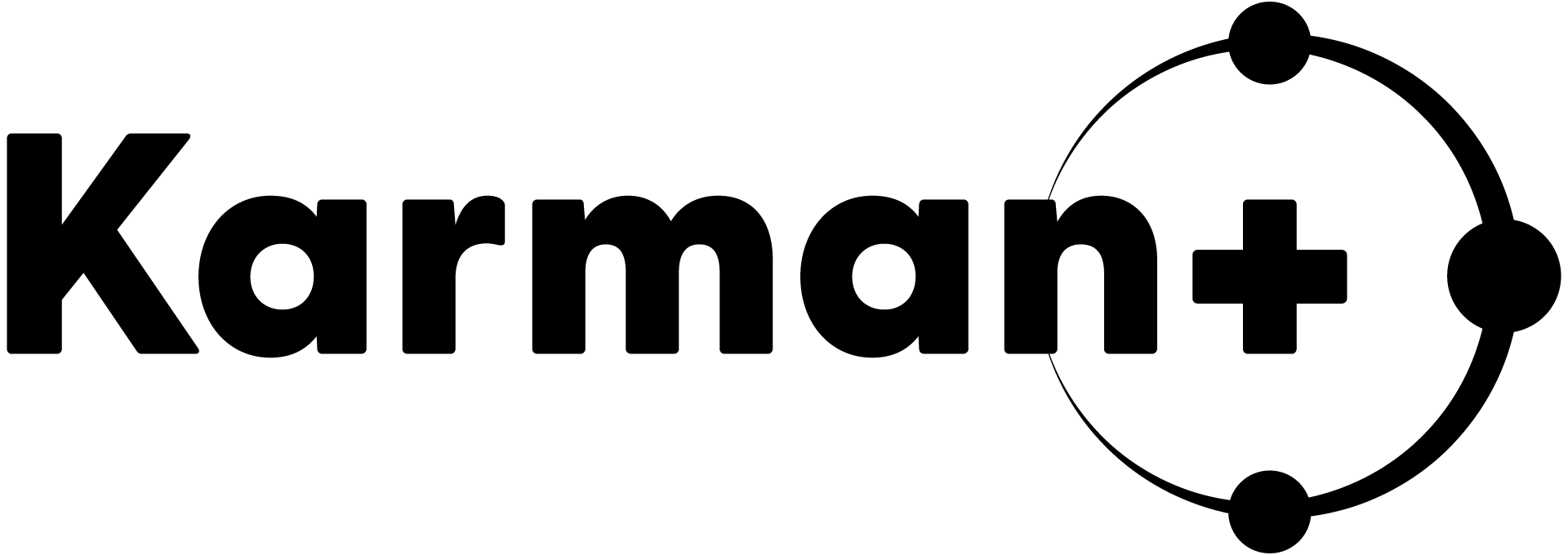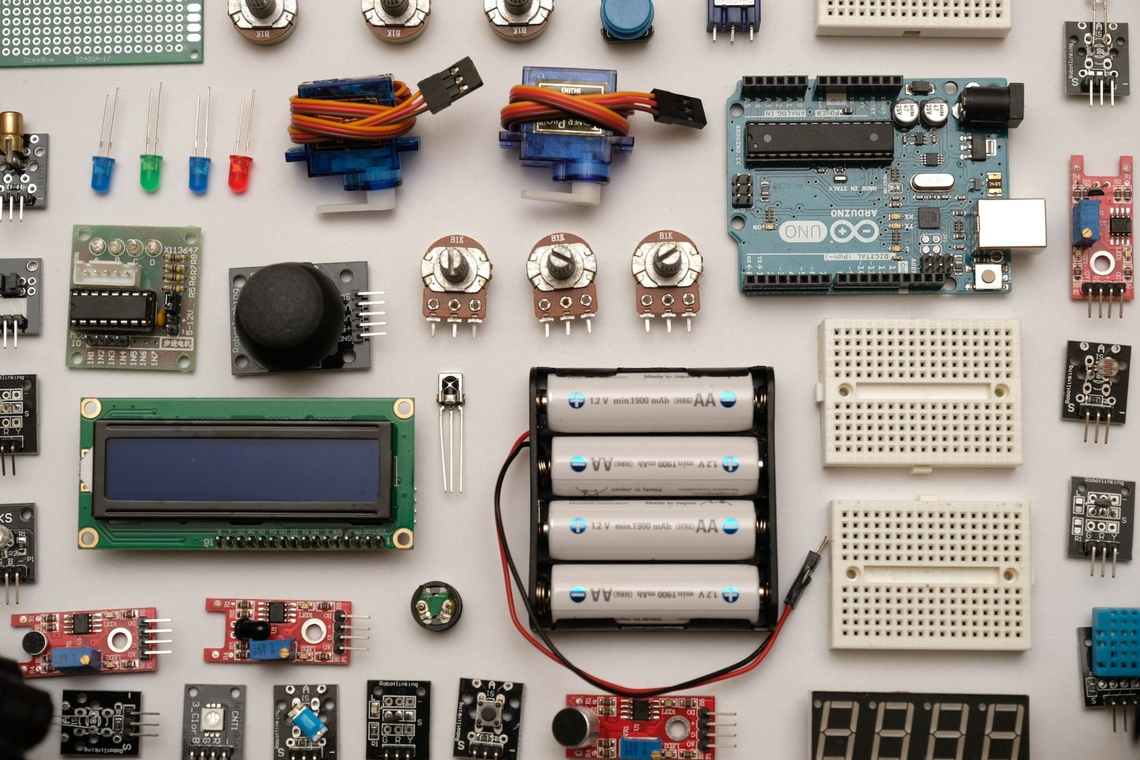The Concept of Operations (ConOps) for our first mission is focused on achieving the following core goals:
- Excavate regolith at kilogram scale
- Establish a baseline for cost and scaling in deep space
- Characterize regolith reserves
Let's unpack those in a bit more detail.
Excavate regolith at kilogram scale
Asteroid missions have been out to grab science samples, but these are measured in grams. We are developing an excavation payload that can excavate at kilogram scale during a TAG (Touch and Go) descent to the asteroid.
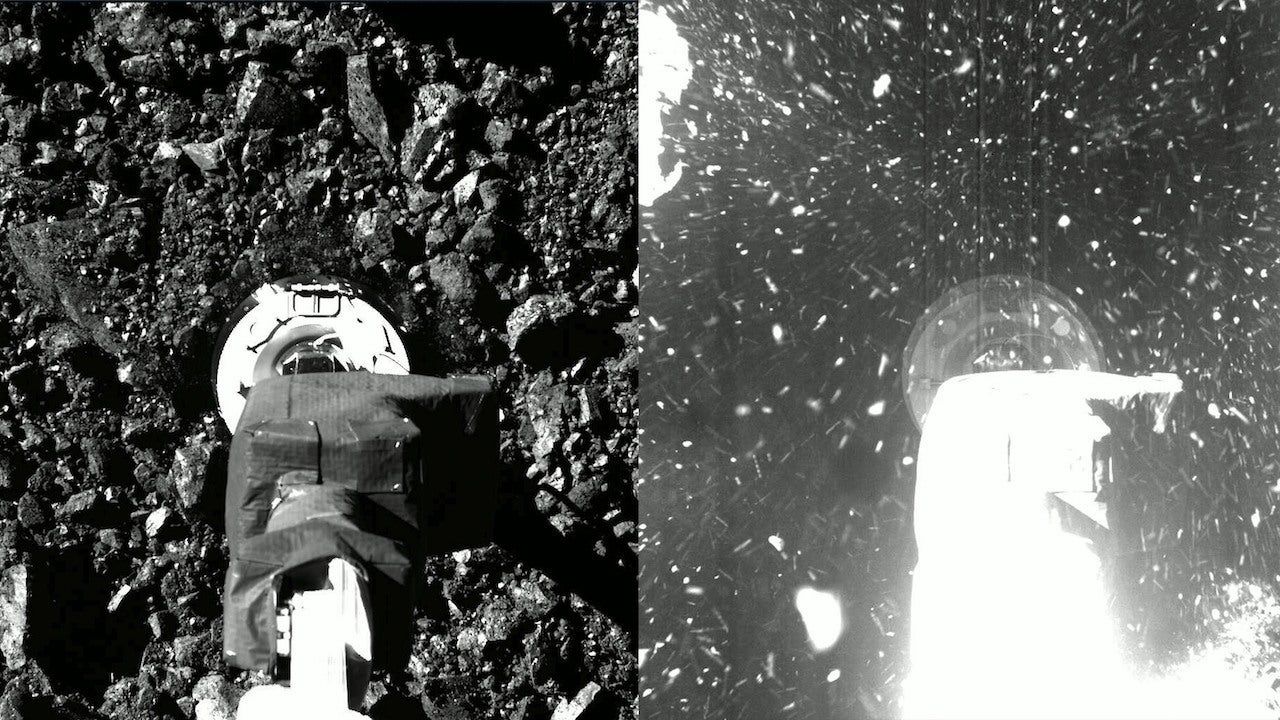
From a technology readiness perspective (TRL), this is the primary development for the business of asteroid mining. Science samples don't scale, so we have had to design this part of our spacecraft from scratch to ensure we can perform continuous mining at mass/volume multiples of 1000x.
This is our primary goal, we need to learn how to mine in zero-G and do this in progressively more complicated and less controlled environments.
Establish a baseline for cost & scaling in deep space
Similar to the scaling challenge of excavation, we have redesigned how we approach spacecraft development as well as mission operations. The primary driver is to ensure we are much more capital-efficient, with a secondary benefit of introducing flexibility and agility into a process that is typically gated as a classic waterfall.
We are incorporating a high level of automation in both our spacecraft design and testing as well as in our flight operations, ensuring we can scale through the in-house development of software and algorithms.
Characterize regolith reserves
As we focus on our excavation efforts, we are incorporating a suite of sensors and dedicated instrumentation to help with classification and characterization of the regolith we encounter. This will help establish a measured high confidence reserves for our target asteroid as well as allow us to extrapolate with higher confidence to similar asteroids as future targets.
We will establish the primary mineral content, mass percentage of water and main elements across a number of different TAG descents at different parts of the asteroid.
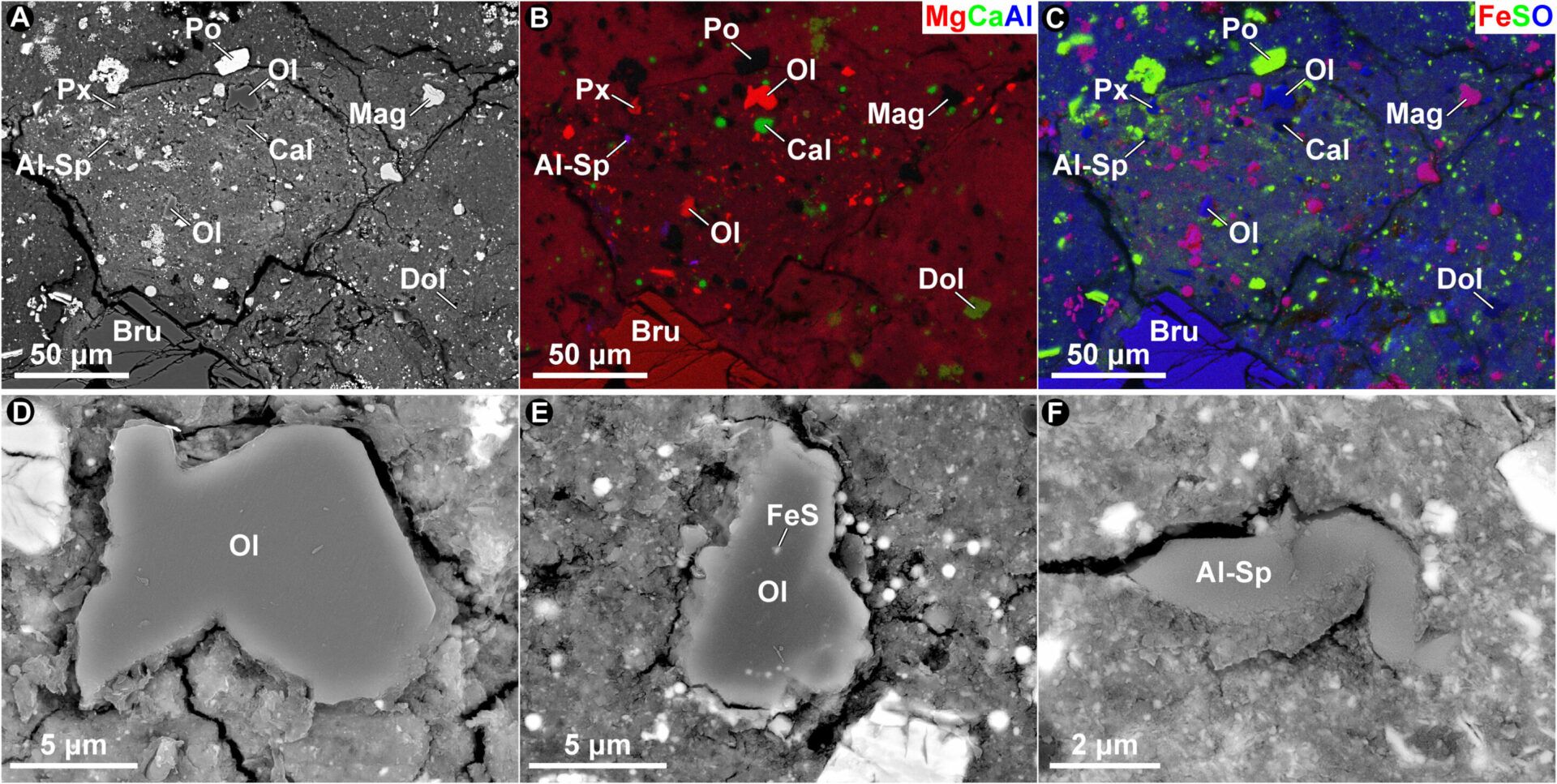
How does that translate into this ConOps?
We did not start with a specific asteroid target in mind, but designed our ConOps and spacecraft to be capable of executing missions to a wide range of different targets. Our target envelope has several asteroids that we like a lot, but our asteroid population modeling work also shows that many more asteroids are likely to be discovered in the next years as observatories around the world keep finding new asteroids.
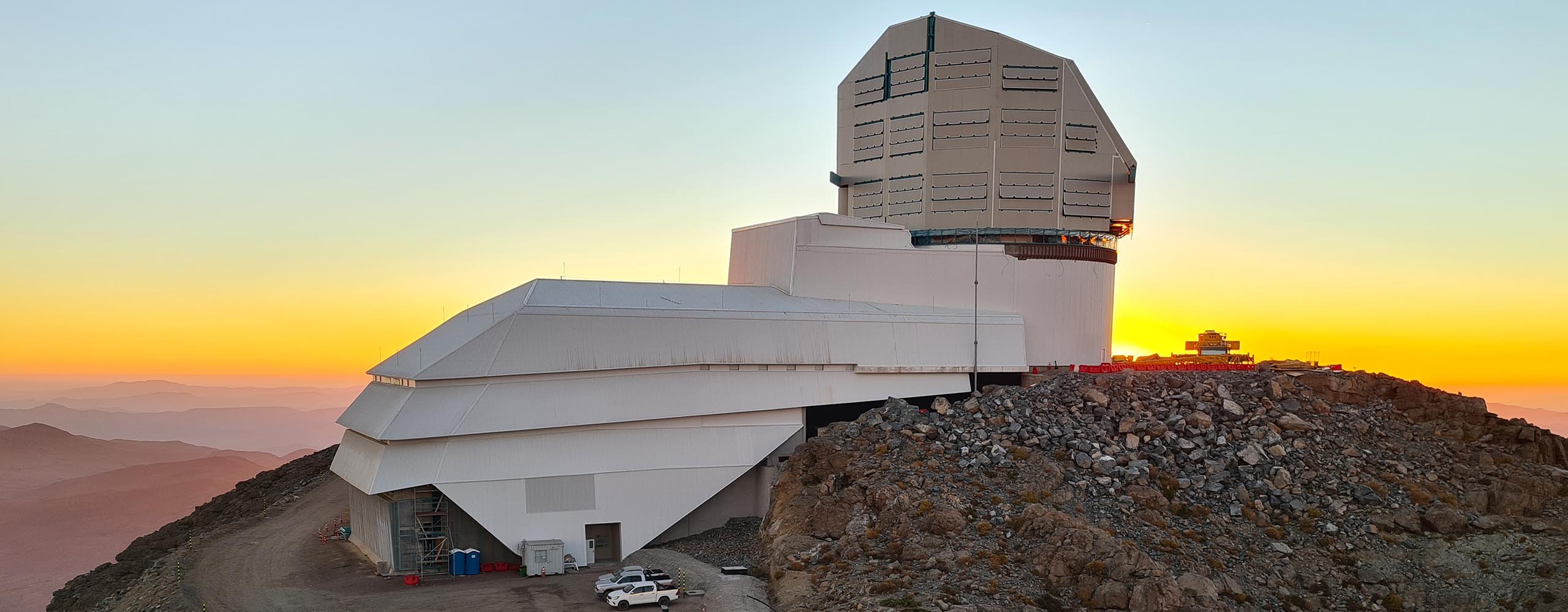
This allows us to defer the choice of our exact target until after launch, giving us maximum flexibility and ensuring that we can reach many different targets.
We are also leveraging a wave of heritage development in terms of components and systems that have been under development for years, with first flights in 2023 and 2024. With new technologies moving out of the lab environment and cost at the component level coming down, this creates a significantly improved world for spacecraft and mission design.
Our excavation payload has been designed from scratch to be optimized for continuous mining in a zero-G environment, with integrated characterization of the regolith we are able to process.
By focusing just on the flight out and proximate operations to test our algorithms, as well as a dedicated series of TAG excavation to stress test our excavation designs, we are reducing cost and risk while focusing our mission on the most important driver for scale, ensuring that we learn as much as possible about excavating asteroids.
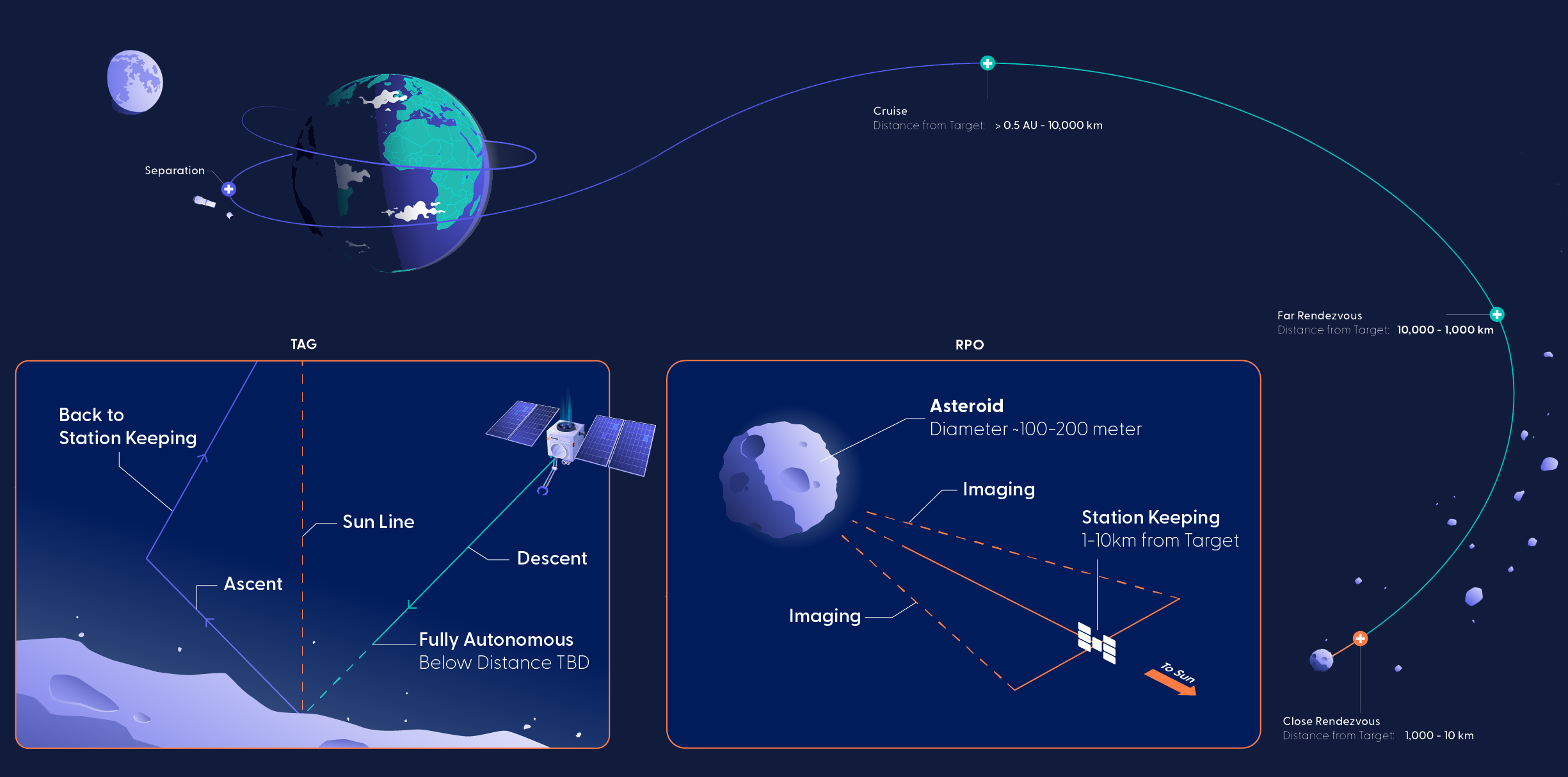
At the end of our High Frontier mission, we should be able to properly call ourselves 'space miners'.
